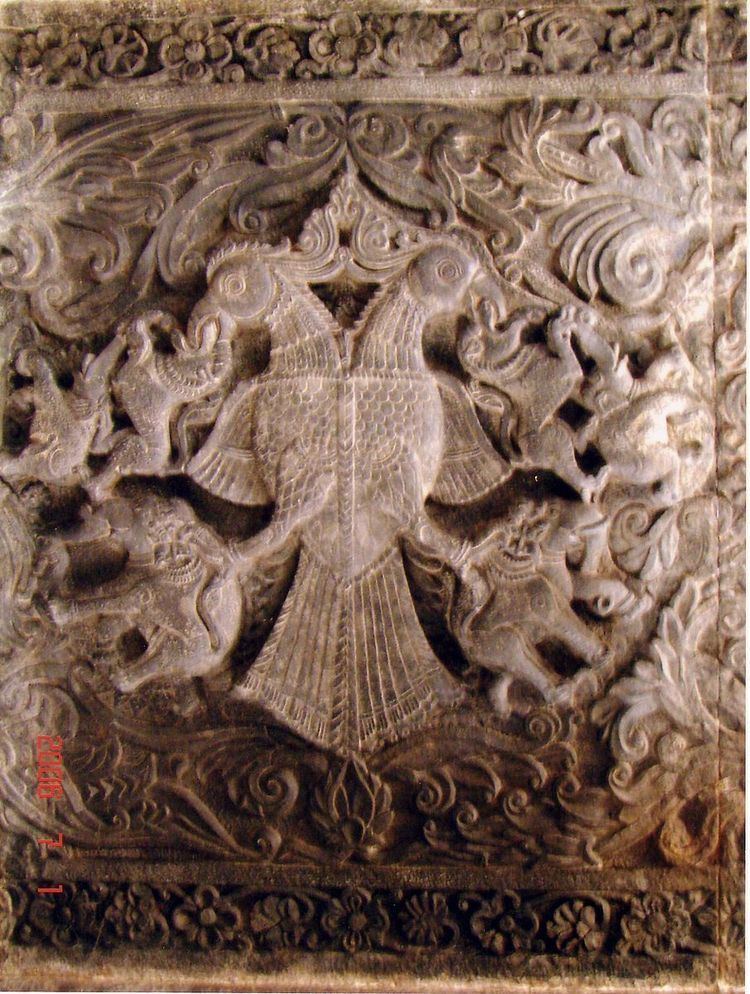 | ||
Kota Vamsa is the medieval dynasty which ruled in parts of the modern-day Indian state of Andhra Pradesh. The Kota prasisti (Praise; a short laudatory hymn: a eulogium) declared that they were the rulers of the Shatashasra (Guntur region on the southern banks of the Krishna River) and the Velanadu (a.k.a. Aarvelanadu) country as a de facto independent power for many centuries from the beginning of the 9th to12th century AD.
Contents
History
Some historians mention that Dhananjaya gotra of the Kotas might have come from their ancestor, Prince Dhananjaya who ruled Madhyadesa (Middle India). While some writers argue that King Dhananjaya is a descendent pravara of Sage Vishwamitra, of Lunar Dynasty. Yashoda Devi, a popular historian openioned that Kota kings were the contemporaries of Kakatiya dynasty. According to her, Kota kings ruled over Shat sahasra - 6000 country (Velanandu), on the southern bank of Krishna River as a defecto independent power for over 150 years from the beginning of the 12th Century to the last quarter of the 13th.
However, much information about the initial Kota Kings is not exactly known, but Kota Hariseema Krishna was said to be the founder of the Kota dynasty. Mangalagiri Anandakavi, a famous Telugu poet, in his literature work Vijayanandana vilasamu, praises Datla Venkatakrishnama Raju, a descendent of Hariseema Krishana Maharaja
Dharanikota
Culture
Kota Kings practice religious tolerance and patronised both Jainism and Hinduism. They favored Shaivism and their family god was Amareswara of Amaravati. They built several Hindu temples during their reign. Kota Kings followed the varna system.
